Native rice varieties of the Thai people
From the fields on the hillsides, Cay Noi sticky rice - a specialty rice of the Thai people in the border commune of Quang Chieu ( Thanh Hoa ) not only brings fragrant sticky rice but also opens up a path to sustainable poverty reduction, associated with preserving the national cultural identity.
Cay Noi sticky rice is a specialty rice variety that has been preserved and cultivated by the Thai people in Quang Chieu for generations. The rice plant is drought-resistant, adapts well to the highland climate, and has fragrant, sticky rice grains. People consider it the “soul of the village’s rice”. Not only a food source, Cay Noi sticky rice is also closely associated with spiritual life - appearing in festivals, in rice balls offered to ancestors, and on every family reunion.

Sticky Rice has become the main agricultural product of Quang Chieu border commune. Photo: Thanh Tam.
The special feature of this rice variety is that the growing period is longer than that of normal rice varieties: from sowing to harvesting lasts about 5 months, the time for sowing alone is up to 45 days. The rice plant is more than 1 meter tall, has a hard stem, does not fall over easily, and is most suitable for the soil of Pung village. When planted elsewhere, both yield and quality decrease. Therefore, preserving the original growing area is not only to preserve valuable genetic resources but also to maintain the characteristic quality of the product.
According to statistics, Cay Noi rice brings economic value 1.2-1.5 times higher than normal rice varieties. Currently, Quang Chieu commune has 335 hectares of cultivation, with an average yield of 45-50 quintals/ha, and an annual output of about 1,600 tons of rice. With a selling price of 12,000-15,000 VND/kg, 20-30% higher than normal rice, people earn more than 20 billion VND per year. This is an impressive number for a mountainous commune with many difficulties like Quang Chieu.
The development of this specialty rice variety not only helps people increase their income but also creates stable jobs and retains local workers. Each rice-growing household has a significant additional source of income, contributing to improving their lives and gradually escaping poverty.

Sticky Rice is in harvest season. Photo: Thanh Tam.
Not only an economic issue, the development of Cay Noi sticky rice also has profound cultural significance. In the life of the Thai people, sticky rice is always associated with family traditions, festivals, and sacred spiritual rituals. Preserving Cay Noi means preserving the soul of the village, preserving traditional cultural values in the midst of modern life.
The story of Mr. Ha Van Phanh, a Thai ethnic in Pung village, is a testament to the love and preservation of native rice. Mr. Phanh started growing Cay Noi rice in 1987, when almost no one in the village was interested in this long-growing rice variety. Initially, he only planted 2 sao to serve his family, but after a few crops, realizing the high yield and fragrant sticky rice, he decided to expand the area.
The couple spent three years, from 1989 to 1992, reclaiming more than 10 acres of abandoned hilly land, turning the barren, rocky land into fertile rice fields. “Back then, there were no machines, just hands and hoes. We lived from hand to mouth, reclaiming land and cultivating the fields to have rice to eat. I can’t remember how many ancient tree stumps were dug up by human power alone,” Mr. Phanh recounted.

Mr. Ha Van Phanh preserves and develops native rice varieties. Photo: Thanh Tam.
To date, his family has 13 sao of Cay Noi rice, with an annual yield of 4.5 tons. After deducting the cost of fertilizers and pesticides, he earns more than 40 million VND per year - a considerable sum for a mountainous household. Most of his products are sold to the market at 160,000 VND/kg, the rest is used for family living. He also uses composted straw as fertilizer, contributing to improving soil fertility and reducing environmental pollution.
His two sons are currently working abroad, regularly sending home 70 million VND each month. Thanks to the income from rice cultivation and his children's remittances, in early 2025, Mr. Phanh was able to build a spacious two-story house.
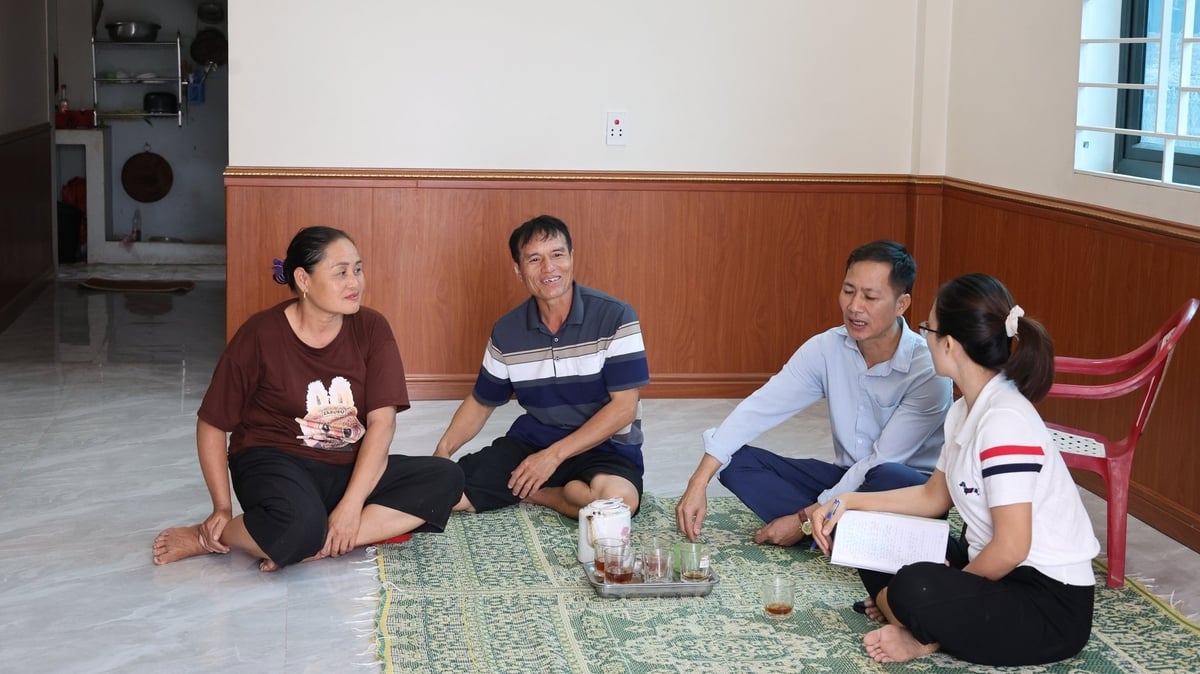
Mr. Phanh and his wife (left) were excited to build a solid 2-storey house. Photo: Thanh Tam.
Finding a sustainable direction for Cay Noi sticky rice
To bring Cay Noi rice to the market, it is impossible not to mention the role of Chung Thanh Agricultural and Forestry Cooperative - the focal point connecting production and consumption for Quang Chieu people. The Cooperative is currently linked with 31 households, organizing production according to the OCOP Program, providing technical support, fertilizers and purchasing products at stable prices. Thanks to that, people can feel secure in production, no longer in the situation of "good harvest, low price".
Ms. Luong Thi Nong - founder of the cooperative shared: “Previously, we had to go everywhere to promote our products, but the consumption output was very unstable. Since Cay Noi sticky rice was recognized as a 3-star OCOP product, many customers have come to order on their own. In 2024, the cooperative will consume 140 tons of rice.”

Ms. Nong is the bridge that brings Cay Noi sticky rice to markets in many provinces and cities. Photo: Thanh Tam.
The success of the Cooperative not only helps stabilize output but also opens up new directions for development of local agricultural products. In the coming time, the Cooperative aims to expand its links with more households, promote its brand, and aim for products that meet 4-star OCOP standards.
In order to increase the value of the product, the Quang Chieu commune government has coordinated with the Center for Science and Technology Research - Hong Duc University to implement a project to restore Cay Noi sticky rice variety on an area of 0.8 hectares. The restoration aims to select and preserve valuable genes, improve the yield and quality of rice grains, and create a foundation for the development of large-scale commodity areas.
Mr. Le Van Hieu - Chairman of Quang Chieu Commune People's Committee said: We identify Cay Noi sticky rice as the main crop in agricultural economic development. The commune will continue to support people in applying science and technology, building the brand 'Quang Chieu Cay Noi Rice', aiming for higher quality OCOP products, linking production with community tourism.
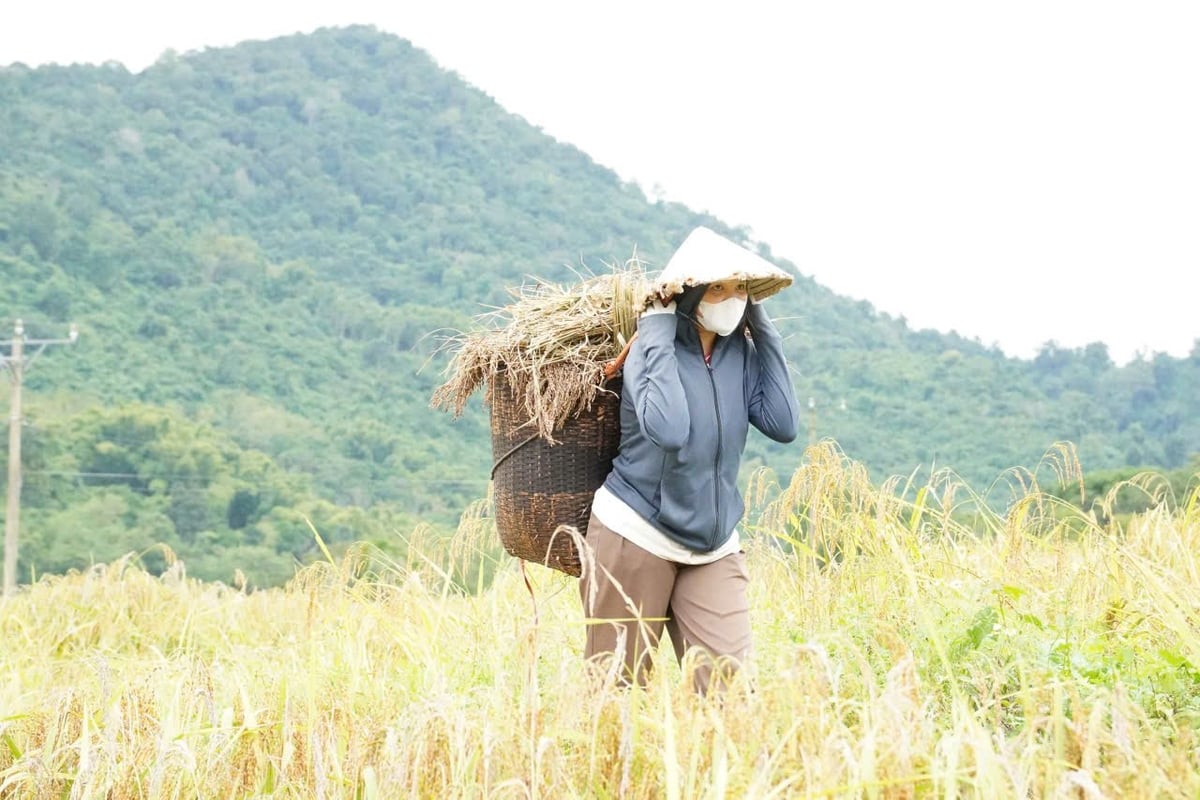
Sticky Rice helps many farmers in Quang Chieu commune have a stable income, moving towards escaping poverty. Photo: Thanh Tam.
“In reality, since the implementation of the OCOP program and the development of the Cay Noi sticky rice growing area, the income of Quang Chieu people has improved significantly. Many households have become rich right on their homeland fields. Along with remittances from exported workers, people have had the opportunity to reinvest in production, build solid houses, contributing to changing the face of mountainous rural areas,” Mr. Hieu added.
Maintaining and expanding the area of specialty rice cultivation not only helps preserve local genetic resources but is also a sustainable way to reduce poverty through agricultural development. When production is linked to processing, branding and community tourism, Cay Noi rice will become a typical cultural and economic product of the Quang Chieu border area.
Source: https://nongnghiepmoitruong.vn/nep-cay-noi--huong-di-giam-ngheo-ben-vung-o-quang-chieu-d782484.html










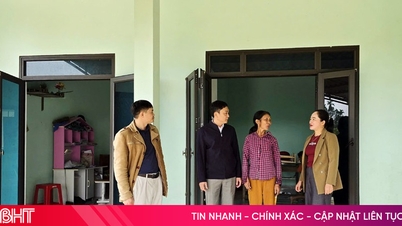



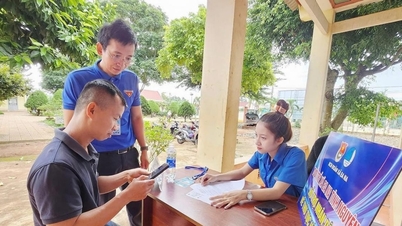



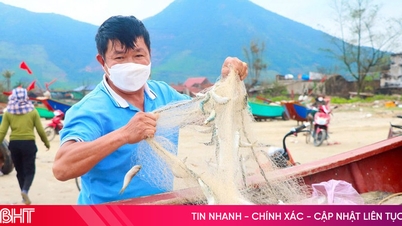
![Mastering knowledge to reduce poverty: [Lesson 5] Where it is difficult to have agricultural extension](https://vphoto.vietnam.vn/thumb/402x226/vietnam/resource/IMAGE/2025/11/24/1763976595146_5635-dscn7674-115230_119.jpeg)
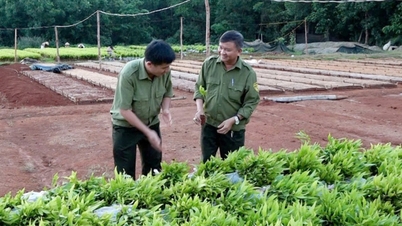
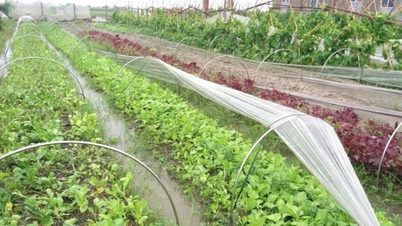
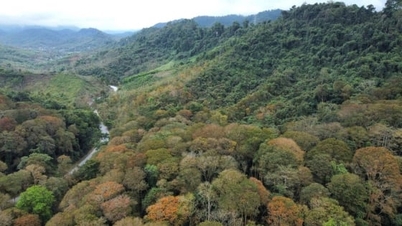
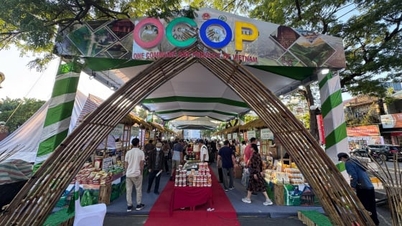
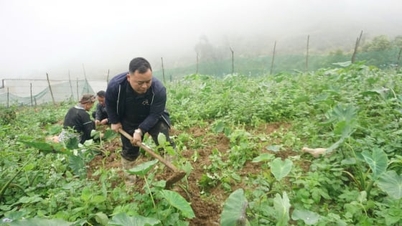





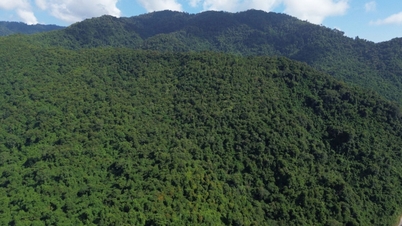
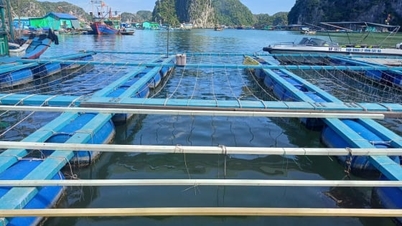

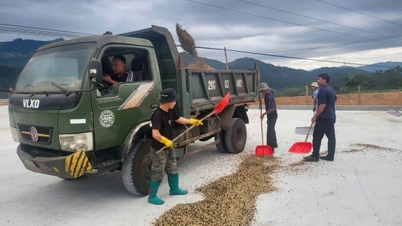
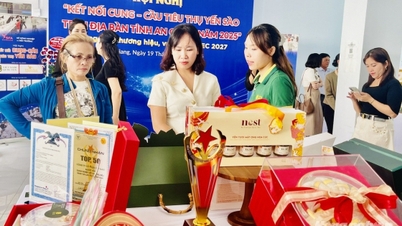


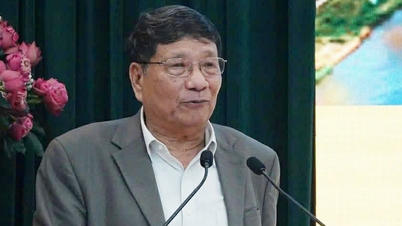

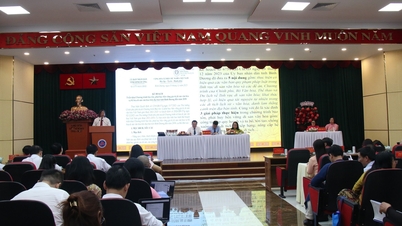

















![[Answer] Should I install an elevator for an old renovated house?](https://vphoto.vietnam.vn/thumb/402x226/vietnam/resource/IMAGE/2025/11/25/1764039191595_co-nen-lap-thang-may-cho-nha-cai-tao-cu-khong-04.jpeg)





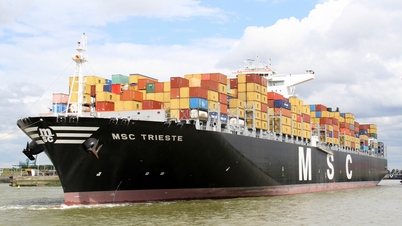









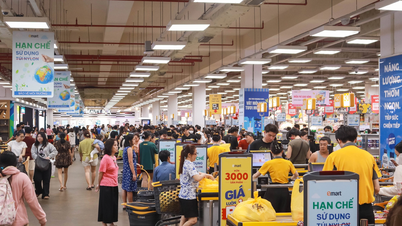



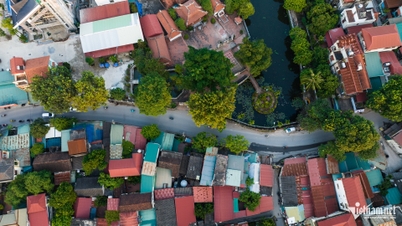
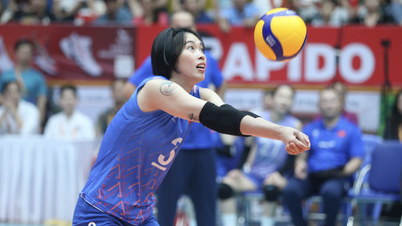










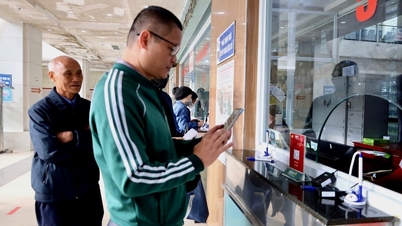

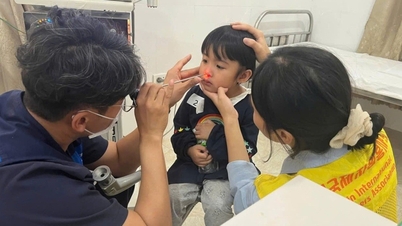

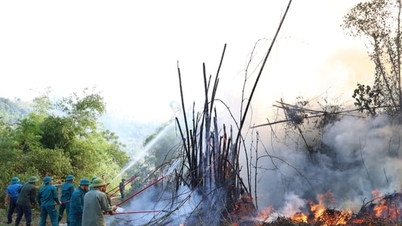












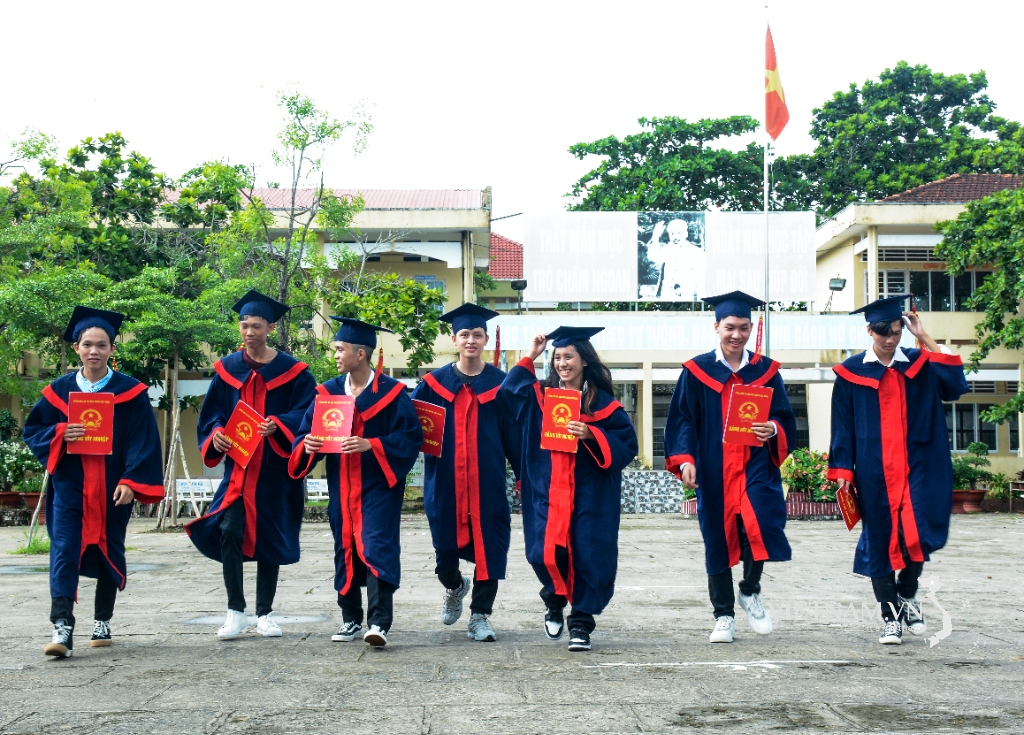

Comment (0)